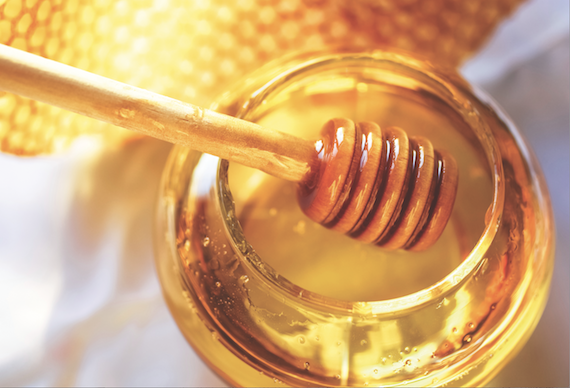After all, it’s fewer than 10 years since a Scottish marketing person stood up at a whisky conference and predicted this very trend – and he was fired for it. What’s more, surely the lines are being blurred when a public relations company for a major spirits producer – not Diageo – used the words ‘flavoured whiskies’ in the headline of a press release?
And take Maxxium’s robust and perfectly legitimate defence of the new category and its Beam whiskeys within it. Fine, until you note the wording it, too is using. “Flavours represent an important segment of the whiskey category,” says Eileen Livingston, marketing controller of Imported Whiskey.
“In the on-trade, young adult consumers are purchasing more flavoured whiskies and they are a good point of entry for those who may not otherwise have considered drinking whisk(e)y.
“There are many different ways to consume whiskies, which are being enjoyed by men and women. Red Stag by Jim Beam, Jim Beam Honey and Jim Beam Maple are versatile, flavoured bourbons that can be served in cocktails as well as over ice.
“These flavours tap into the flavoured bourbon trend that is thriving in the UK by offering authentic tasting flavours of black cherry, honey and maple syrup, which resonate well with consumers and broaden the appeal of bourbon among young adults who may not previously have considered drinking whiskey.”
New drinkers
The argument that flavoured spirits bring new drinkers to the category is a pertinent one. Certainly that’s the view of Brendan Buckley, global innovation and category development director at Irish Distillers.
“Paddy has always appealed to the younger whiskey drinker,” he says. “The flavour range appeals to a younger (legal drinking age to 25) male and female audience that either already loves the brand, or are looking for something new to discover.
“Paddy is the perfect introduction to Irish whiskey and, in particular, we are confident that the range will appeal to a young adult audience whose usual drink of choice would be vodka, rum or beer.”
Perhaps the most famous Scottish name associated with the new category is Ballantine’s. The team responsible for it declined to be interviewed for this feature, leaving the Scottish flag to be waved by Diageo, which has launched J&B Honey – complete with a picture of a bee rather than the letter B. So isn’t there a danger of confusing the customer and blurring boundaries?
Head of outreach director Nicholas Morgan thinks not, but is cautious about how it is spoken about.
“These drinks are all very new and there is insufficient data to conclude too much about who is drinking them, whether they are here to stay and whether they are a fad or not,” he says. “But I would say that if we are careful to clearly differentiate them from blended scotch then this is a new era to explore. Many of the potential drinkers wouldn’t be normal scotch drinkers anyway.”
Irish Distillers’ Buckley goes further. He argues that the new drinks will bring younger drinkers to whisk(e)y earlier. It would certainly seem to be more than a fickle trend.




